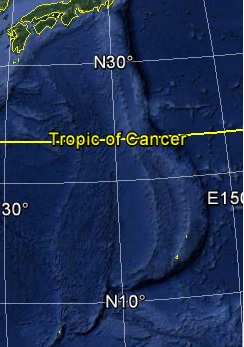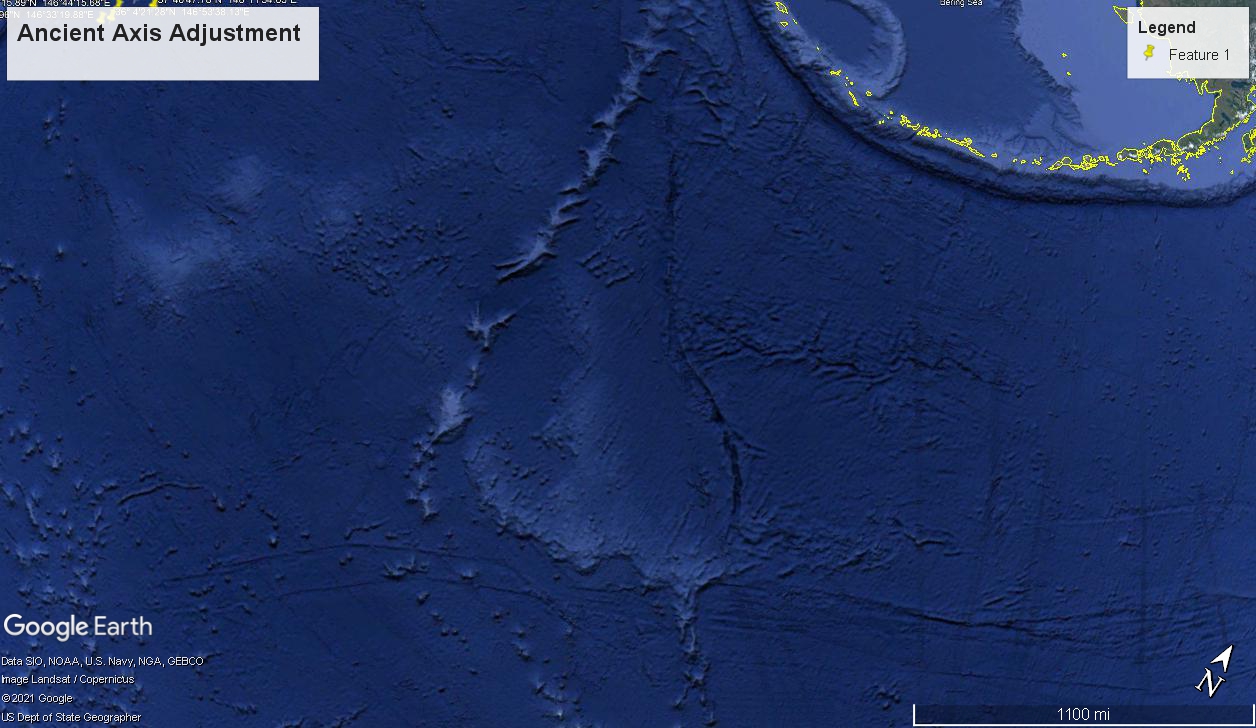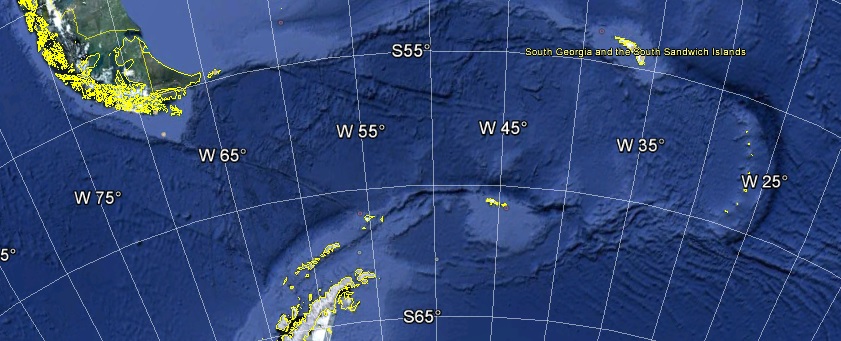It looks like you're using an Ad Blocker.
Please white-list or disable AboveTopSecret.com in your ad-blocking tool.
Thank you.
Some features of ATS will be disabled while you continue to use an ad-blocker.
share:
a reply to: Scott Creighton
Here is something interesting about the earth tilting on its side in the past:
www.livescience.com...
Here is something interesting about the earth tilting on its side in the past:
www.livescience.com...
Earth tipped on its side (and back again) in 'cosmic yo-yo' 84 million years ago
Earth has not always been upright. Turns out, the planet's crust tipped on its side and back again around 84 million years ago, in a phenomenon that researchers have dubbed a "cosmic yo-yo."
The actual name for the tipping is true polar wander (TPW), which occurs when the outer layers of a planet or moon move around its core, tilting the crust relative to the object's axis. Some researchers had previously predicted that TPW occurred on Earth late in the Cretaceous period, between 145 million and 66 million years ago, but that was hotly debated, according to a statement by the researchers.
However, the new study strongly suggests TPW did occur on Earth. Researchers mapped the ancient movement of Earth's crust by looking at magnetic-field data trapped inside ancient fossilized bacteria. They found that the planet tilted 12 degrees relative to its axis around 84 million years ago, before fully returning to its original position over the next 5 million years.
To test if Earth did undergo TPW during the Cretaceous, the researchers turned to magnetic minerals within limestone deposits in Italy.
"These Italian sedimentary rocks turn out to be special and very reliable because the magnetic minerals are actually fossils of bacteria that formed chains of the mineral magnetite," co-author Sarah Slotznick, a geobiologist at Dartmouth College in New Hampshire, said in the statement.
Magnetite is a highly magnetic form of iron-oxide. Some types of bacteria can create chains of tiny magnetite crystals, which naturally orient with Earth's magnetic field at the time of their creation. When these particular bacteria died and were fossilized during the period of TPW, these magnetite chains got locked in place.
Because Earth's crust moved during TPW, and not its magnetic field, these magnetic fossils (which remained in surface layers of the planet) revealed how much the crust moved relative to Earth's magnetic field over time. The team found that Earth's crust moved a total of almost 25 degrees over a period of 5 million years.
edit on 30-10-2021 by ColoradoTemplar because: (no reason given)
a reply to: ColoradoTemplar
No doubt in my military mind this has happened more than once.
Most recent adjustment. Guess, 10,000bc. to 5500bc.

Oldest adjustment. Guess, 30 to 40 million years.

Note how the Hawaiian Island chain go around the feature.
No doubt in my military mind this has happened more than once.
Most recent adjustment. Guess, 10,000bc. to 5500bc.

Oldest adjustment. Guess, 30 to 40 million years.

Note how the Hawaiian Island chain go around the feature.
a reply to: YouSir
That's what I thought but the theory says that geomagnetic excursion can last only for a while. Even a thousand years wouldnt melt much of anything in case of Antarctica being on equator.
I like to point out that continuous movement of the crust over the lava dome under Hawaii but there's an argument against that too. I dont remember what the claim is. Maybe it's under investigation and it will make sense after all.
EDIT: I forgot to mention that much of the continent is more than 3,000 m (9,800 ft) above sea level. Above the snow line. It would gain ice if anything
That's what I thought but the theory says that geomagnetic excursion can last only for a while. Even a thousand years wouldnt melt much of anything in case of Antarctica being on equator.
I like to point out that continuous movement of the crust over the lava dome under Hawaii but there's an argument against that too. I dont remember what the claim is. Maybe it's under investigation and it will make sense after all.
EDIT: I forgot to mention that much of the continent is more than 3,000 m (9,800 ft) above sea level. Above the snow line. It would gain ice if anything
edit on 30/10/2021 by PapagiorgioCZ because: (no reason given)
originally posted by: ColoradoTemplar
a reply to: All Seeing Eye
Hmmm that is interesting. Thank You.
Your very welcome.
The question is, why this hasn't been discussed previously? That being that the earth may have been in short, terraformed in the past. Answer, it is known and CLASSIFIED. Or, humanity just never had any idea it was possible.
I have no way to know the first, but the second possibility is blatantly obvious. Institutions have not allowed for the possibility so anyone studying under it, would never know to look in that direction.
And of course you have the ramifications of disclosure, it alone would be earth shattering...
Another evidentiary (IMO) is this feature which appears to have cut through the ismus between Antarctica and South America. This one I believe caused the Great Flood, reversing the rotation of the planet, and also ended the African Humid period. Most sources put this event around 6000-5500bc.

We must consider the written records of those times. They describe the great flood in great detail, but I know of no known text that tell how the flood was accomplished, executed. Plato goes into great detail describing the events that lead up to the flood. But, mysteriously the second half of his retelling, is missing. I suspect it was, censured...
a reply to: Macenroe82
If you have ever heard of microcosm macrocosm and know how to do samadhi and put your visual yoke before you while sitting then "Babe the blue ox and Paul Bunyan" dragging his ax will make way to much sense and likely scare the living hell out of you to where you never cease running away.
If you have ever heard of microcosm macrocosm and know how to do samadhi and put your visual yoke before you while sitting then "Babe the blue ox and Paul Bunyan" dragging his ax will make way to much sense and likely scare the living hell out of you to where you never cease running away.
new topics
-
Ed Dowd some good news
Medical Issues & Conspiracies: 10 hours ago -
Anyone like the Scorpions?
Music: 10 hours ago -
What if this is true?
2024 Elections: 11 hours ago
top topics
-
What if this is true?
2024 Elections: 11 hours ago, 13 flags -
It's toast
General Chit Chat: 17 hours ago, 7 flags -
Ed Dowd some good news
Medical Issues & Conspiracies: 10 hours ago, 7 flags -
Merry-Go-Round Ride
Short Stories: 13 hours ago, 5 flags -
Anyone like the Scorpions?
Music: 10 hours ago, 4 flags
